Daimler, BMW Collaborate On Wireless Charging
Daimler and BMW just announced a collaboration to help speed up development for wireless charging of both EVs and PHEVs, with the former’s Mercedes S500 PHEV as the test subject.
Autoblog Green reports the system in question will use coils in both the vehicle and charging platform, the latter installed in a garage floor or other stationary point. The system will charge an EV or PHEV at a rate of 3.6 kW, with an efficiency rating of 90 percent.
As for the guinea pig, the S500 PHEV will come with 436 horsepower and around 480 lb-ft of torque between its twin-turbo V6 and hybrid powertrain. In turn, the sedan can travel up to 20 miles on electric-only power, and net the chauffeur 84 mpg on the way to and from his employer’s private resort. The S500 PHEV is due in showrooms this September.
Seattle-based writer, blogger, and photographer for many a publication. Born in Louisville. Raised in Kansas. Where I lay my head is home.
More by Cameron Aubernon
















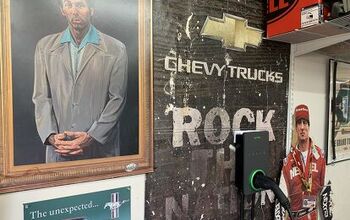
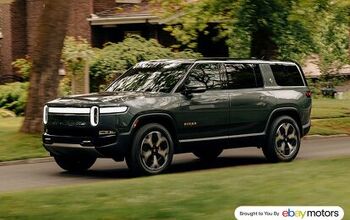
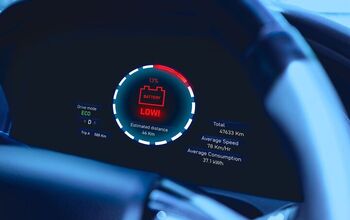
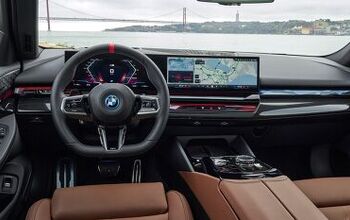
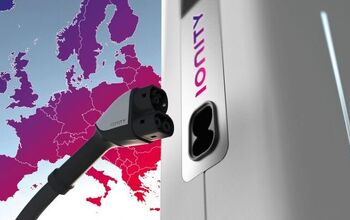
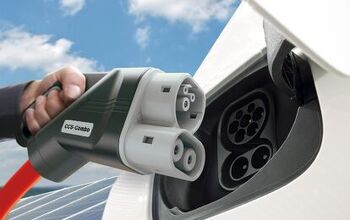


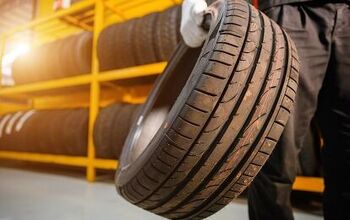


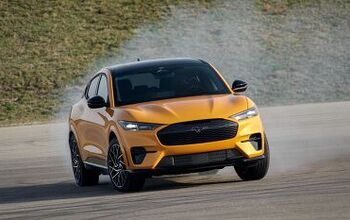

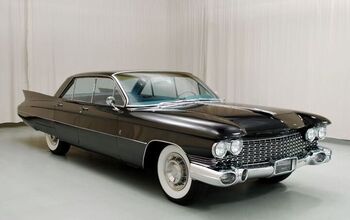
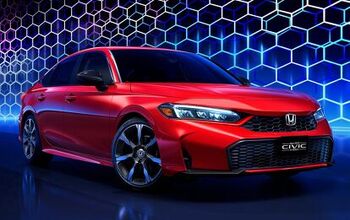
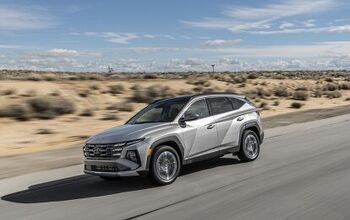
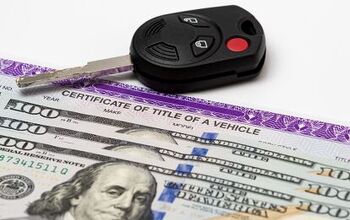

Comments
Join the conversation
Wireless charging parking spots would not only be the best solution to EV, but would give you the gnarliest testicular cancer since Lance Armstrong. Have you ever seen a horse being gelded?
Out of all the problems that need to be solved for widespread electric vehicle adoption, I would think the fact that you need to take 15 seconds to plug in a cable is probably at the bottom of the list.
Since someone else has already commented on the 90% efficiency rating, I'll pass on that one, but I can't pass on the other. ONLY 3.6kW charge rating? That's a minimum 10 hours for a car like the Nissan Leaf and almost 25 hours for an 85kW Tesla! Bloomin' plugging into a standard 15 amp wall socket would waste less electricity and charge just as quickly. A 220volt dryer outlet would be twice as fast. A standard Type-2 charger would be faster still. About the only type of car where this would be effective is something along the lines of a Chevy Volt, that can only go 40 miles on battery alone. USELESS!
Even if the wireless charging were at efficiencies comparable to wired charging, and even if the wireless receiver were built into the car (rather than being an expensive extra), it's still (lots) more expensive to trench your garage's floor than it is to attach a charger to the wall. The latter, I already did (http://www.clippercreek.com/store/product/cs-60/ , got a really good price on a refurb) , and install was maybe 1m of 6ga wire and 1hr of an electrician's time. The former? I would reckon the install cost would be at least $2k all by itself.